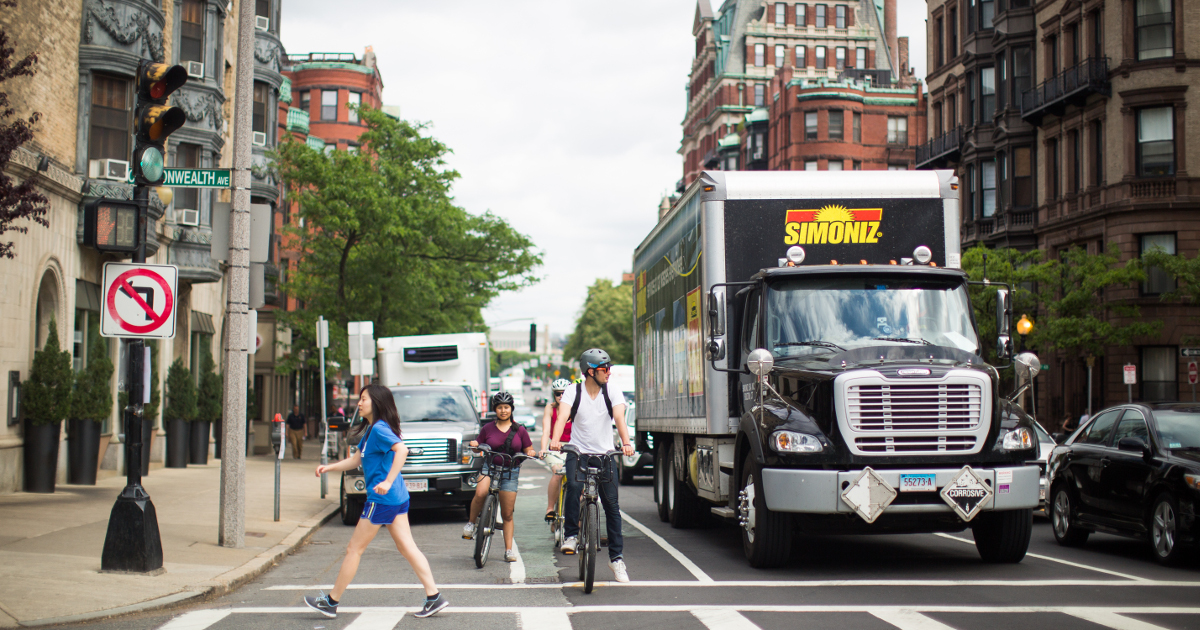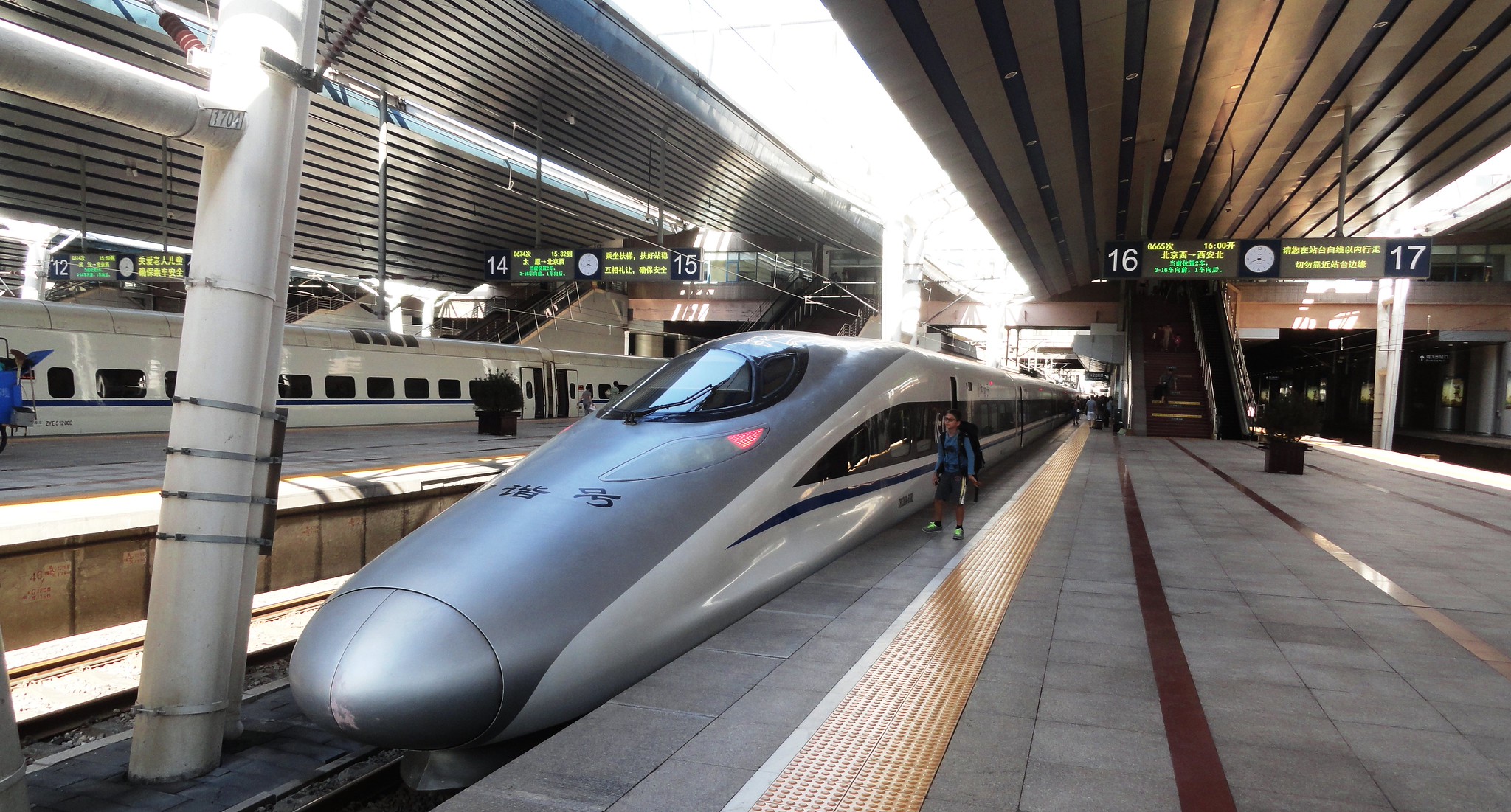PlacesForBikes is a PeopleForBikes program to help U.S. communities build better biking, faster. You can follow them on LinkedIn, Twitter or Facebook or sign up for their weekly news digest about building all-ages biking networks.
Say this for conventional bike lanes: they're easy. Building protected bike lanes takes real work.
Maybe that's why, since U.S. cities started building modern protected bike lanes 10 years ago, one seemingly simple question has come up more than maybe any other: Which streets need them?
It's impossible to answer that question perfectly, and most U.S. road design institutions haven't tried. Until now.
At its annual conference Tuesday in Chicago, the National Association of City Transportation Officials released a free 16-page document that makes one of the first comprehensive attempts to answer that question.
In advance of NACTO's full digital rollout (coming in a couple of weeks), we've got a sneak peek at the contents.
NACTO has created a formula for analyzing any street in the world
The document's title is "Designing for All Ages & Abilities: Contextual Guidance for High-Comfort Bicycle Facilities." Here's the nut:

That's a chart designed to take the basic traits any street -- auto speed, traffic volume, lane count -- and spit out a recommendation of what sort of bike lane the street should have to create the sort of low-stress riding experience that gets people of "all ages and abilities" -- eight-year-olds, 80-year-olds, bike-sharing tourists -- on bikes.
Got a two-lane, two-way 25 mph street that carries 4,000 autos per day? According to NACTO, a buffered bike lane will do. But if the traffic speed is 30 mph, it's time to protect the bike lane with a curb, posts or planters.
Many city agencies have already put together their own internal guidance for questions like this, and NACTO's guidance here is on the stringent end of the spectrum. For example, the PeopleForBikes Bicycle Network Analysis considers a conventional striped bike lane to be "low-stress" if there's no curbside parking and speeds are less than 30 mph.
NACTO, though, is holding its recommendation to a higher standard, and that's fine. "All ages and abilities" is, after all, a higher bar for a bike lane than simply "low stress."
One of NACTO's key points: Traffic speed is something cities can and should control
There's no need to find more space on a street for bike lanes when you can achieve the same benefits by slowing down cars.
That's one of the most important ideas captured in NACTO's guide, and it's something U.S. cities and safety advocates are increasingly realizing they've often forgotten to consider.
From NACTO:
On all facility types, reducing motor vehicle speeds to 20–25 mph is a core operational strategy for improving bicycle comfort ... In addition, reducing speeds can also make it easier to enact other safety changes, such as changes to intersection geometry, signalization, turn lanes, and turn restrictions. Since operational changes do not impact what types of vehicles can use the street, they usually do not require significant planning beyond the street itself, and are often the easiest type of change to implement.
As NACTO's guide shows, speed affects bikeway stress in subtle ways. As this cleverly simple chart shows, speed doesn't only affect the danger of cars as they whoosh past someone biking: It also affects the number of cars that whoosh past someone biking.

And here's an interesting chart that shows how the causes of traffic stress change with the clock. The zigzagging line shows traffic-speed-related stress, while the vertical bars show traffic-volume-related stress:

"Designing for All Ages and Abilities" suggests slowing autos with a technology most cities already know well: traffic signals. For example, quick red-to-green cycles or a "low-speed signal progression" (in other words, timing the signals so someone traveling at 15 almost always hits green lights) keep traffic flowing but make it pointless for bad drivers to jam the gas pedal between lights.
Adding green arrows or bike-specific signal phases can reduce biking stress without road space changes, too.
This document from NACTO isn't the final word on when to build what where. No single document could be; ultimately it's up to local professionals to decide what each situation calls for, and also what's politically achievable.
But in a world full of uncertainty, it can be nice to have a set of specific recommendations in black and white. That's what this document does.






